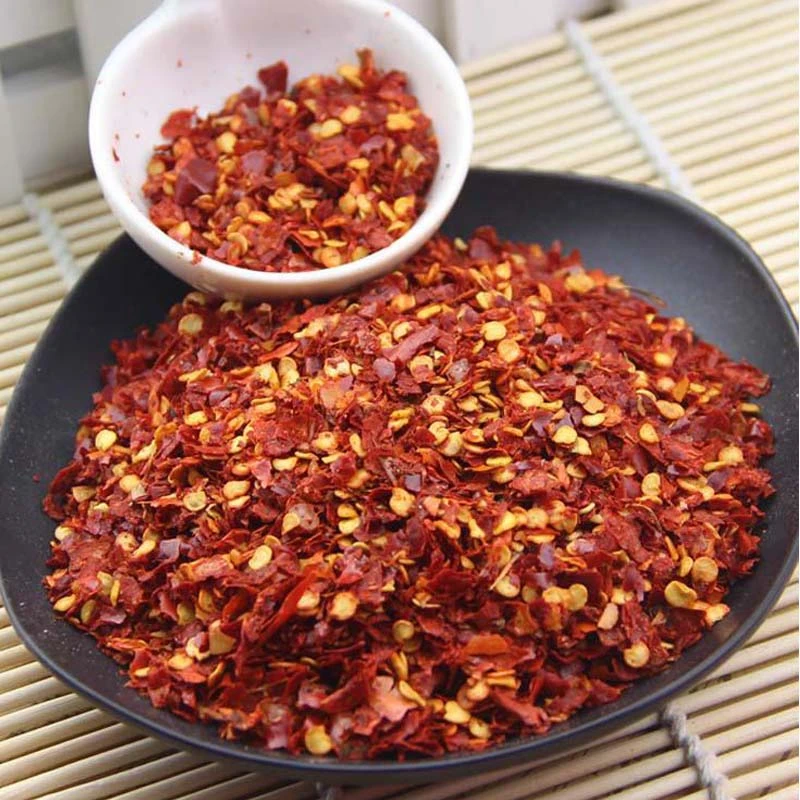- No. 268 Xianghe Street, Economic Development Zone of Xingtai city, Hebei 054001 China
- Byron@hbhongri.cn
smoked paprika and paprika
The Allure of Paprika A Dive into Smoked Paprika and Regular Paprika
Paprika, a vibrant red spice made from grinding dried peppers, is a cornerstone in numerous culinary traditions around the world. It brings not just flavor but also a striking color to dishes. Among the different varieties of paprika, smoked paprika and regular paprika stand out, each offering unique qualities and uses that enhance a plethora of recipes.
Understanding Paprika
Paprika originates from the Capsicum annuum pepper species, which comes in various heat levels and flavors, ranging from sweet and mild to spicy. The spice itself has several forms, primarily based on the type of peppers used and the preparation method. Regular paprika is typically made from sweeter varieties of peppers, while smoked paprika undergoes a unique drying process that imparts a distinct smoky flavor.
The Unique Flavor Profiles
The most significant difference between smoked paprika and regular paprika lies in their flavor profiles. Regular paprika, often referred to as sweet paprika, tends to carry a more subtle and slightly sweet flavor. It adds depth and rich red color to dishes without overshadowing other ingredients. It is commonly used in dishes like goulash, deviled eggs, and sprinkled on various meats and vegetables for an added touch.
In contrast, smoked paprika, or pimentón, boasts a bold, smoky flavor that can transform the character of a dish. Made from peppers that are traditionally smoke-dried over an oak fire, smoked paprika carries an intense and aromatic quality. It can be sweet, bittersweet, or even spicy, depending on the variety. This spice is particularly popular in Spanish and Hungarian cuisines, making its way into dishes such as chorizo, paella, and even certain stews, where its deep, smoky essence is profoundly appreciated.
smoked paprika and paprika

Culinary Uses
Both forms of paprika are versatile, yet they shine in different culinary contexts. Smoked paprika is a favored ingredient for grilling, barbecuing, and roasting. Its smoky taste pairs wonderfully with meats like chicken, pork, and beef, enhancing the umami qualities of these proteins. Additionally, smoked paprika can elevate vegetable dishes, providing a wonderful contrast to the natural sweetness of roasted or grilled veggies.
On the other hand, regular paprika is quintessential in finished dishes. A mere sprinkling can impart color and flavor without overwhelming the palate. It is often used as a garnish due to its striking aesthetic appeal, making it a popular choice for potato salads, soups, and dips. Additionally, in Mediterranean and Middle Eastern cuisines, regular paprika is frequently used in spice blends, helping to add subtle warmth and richness.
Health Benefits
Both smoked and regular paprika not only please the palate but also offer several health benefits. Paprika is rich in vitamins A, C, and E, as well as beneficial antioxidants. The vibrant red color of paprika is derived from carotenoids, which have been linked to a reduced risk of chronic diseases. Additionally, the presence of capsaicin, especially in spicy varieties of paprika, can provide anti-inflammatory properties and support digestive health.
Conclusion
In summary, while smoked paprika and regular paprika share a common origin, they offer different flavors and textures that can enhance a variety of dishes. Whether utilizing the smoky, bold flavors of the former or the subtle sweetness of the latter, both forms of paprika can elevate your culinary creations. Incorporating them into your kitchen repertoire not only enhances the taste and appeal of your dishes but also invites a burst of color and health benefits. The world of paprika is indeed diverse, offering endless possibilities for exploration. By understanding and appreciating the nuances between smoked paprika and regular paprika, you can take your cooking to new heights, celebrating the richness that this humble spice brings to the table.
-
Turmeric Rhizome Powder: A Golden Treasure from Roots to TableNewsJul.28,2025
-
The Versatile Application Of Crushed Red Hot Peppers: Lighting Up The Red Flames On The Dining TableNewsJul.28,2025
-
The Paprika: A Touch Of Vibrant Red In Color, Flavor, And CultureNewsJul.28,2025
-
Ground Turmeric: A Modern Examination of an Ancient SpiceNewsJul.28,2025
-
Capsicum Liquid Extract: Features, Applications, and ChallengesNewsJul.28,2025
-
Application of Capsicum Liquid Extract in FoodNewsJul.28,2025







